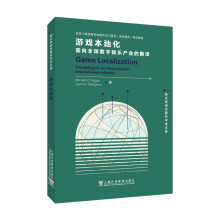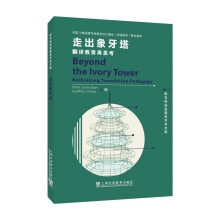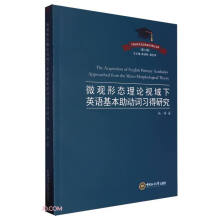Contents
Preface xxv
Acknowledgements xxvi
List of Abbreviations xxvii
Chapter 1?The Background to Current Second Language Acquisition Research 1
1.1?The Goals of Second Language Research 1
1.2?The Scope of this Book 5
1.3?Early Second Language Acquisition Research 8
Chapter 2?Sequences in Second Language Acquisition 25
2.1?Grammatical Morphemes 25
2.2?Negation and the Learner’s Language System 36
2.3?Explanations for Stages of Second Language Acquisition 43
2.4?The Concept of Stage 45
2.5?Syntactic Aspects of Grammatical Morpheme and Negation Research 46
2.6?Observational Data in Second Language Acquisition Research 47
Chapter 3?The Input Hypothesis Model 51
3.1?The Five Hypotheses 51
3.2?Krashen’s Evidence for the Input Hypothesis 55
3.3?Evidence for the Other Hypotheses 63
3.4?Models in Second Language Acquisition Research 65
Chapter 4?Pidgins, Creoles, and Variation 69
4.1?Pidginisation and Acculturation 69
4.2?Creoles and Second Language Acquisition 78
4.3?Second Language Acquisition and Variation 82
4.4?L2 Use and L2 Learning 89
Chapter 5?The Multidimensional Model and the Teachability Hypothesis 93
5.1?Orders of Acquisition in German 93
5.2?Extensions to the Original Multidimensional Model Research 98
5.3?The Linguistic Basis for the Multidimensional Model 102
5.4?The Processing Rationale for the Multidimensional Model 106
5.5?Methodological Issues 107
5.6?General Implications of Psychological Processing Models 108
Chapter 6?Learning and Communication Strategies 113
6.1?Learning Strategies 113
6.2?Communication and Compensatory Strategies 119
6.3?Methodological Issues in Strategies Research 131
6.4?Linguistics and Strategies Research 134
Chapter 7?Relative Clauses: Beyond Phrase Structure Syntax 138
7.1?Relative Clauses and the Accessibility Hierarchy 140
7.2?Relative Clauses and Psychological Processing 147
7.3?The L2 Acquisit
展开










